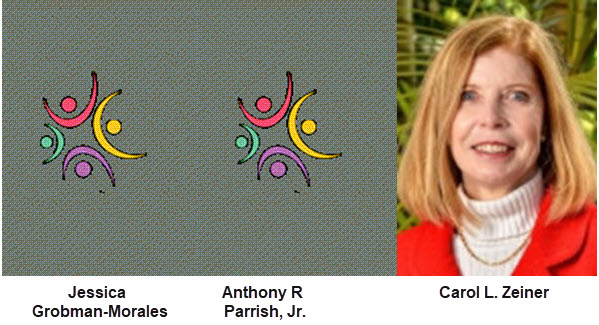Abstract
Excerpted From: Jessica Grobman-Morales, Anthony R. “Andy” Parrish, Jr. And Carol L. Zeiner, Race and Housing: The Great Betrayal Revisited and Repaired, 29 Journal of Affordable Housing & Community Development Law 535 (2021) (59 Footnotes) (Full Document)
 A promise made by Abraham Lincoln to the former enslaved persons was broken. That promise--land ownership--was one of the goals of Reconstruction. Land ownership represented freedom, a tangible stake in America, opportunity, and a way to keep and build upon this foundation through work. It was to be accomplished through the Southern Homestead Act of 1866, which was enacted in response to a plea from Southern Black ministers that freed slaves be given land to work that would result in the accumulation of “generational wealth.” The cancellation and rescission of “40 acres and a mule” for the newly freed people has reverberated down the years to today's income inequality and Black Lives Matter movements.
A promise made by Abraham Lincoln to the former enslaved persons was broken. That promise--land ownership--was one of the goals of Reconstruction. Land ownership represented freedom, a tangible stake in America, opportunity, and a way to keep and build upon this foundation through work. It was to be accomplished through the Southern Homestead Act of 1866, which was enacted in response to a plea from Southern Black ministers that freed slaves be given land to work that would result in the accumulation of “generational wealth.” The cancellation and rescission of “40 acres and a mule” for the newly freed people has reverberated down the years to today's income inequality and Black Lives Matter movements.
The issues of housing and poverty are inextricably linked. Housing is not merely a roof over one's head and a place to sleep. It intersects with access to health care, job opportunities, personal safety, interaction with the criminal justice system, and high-quality education for children. It is a path to a better life. It is a necessity.
Racial unrest once again has gotten everyone's attention. Let it motivate us to implement practical solutions--housing solutions that address poverty and the attendant lack of opportunity. We can do this by harnessing what we have learned from past affordable housing successes, combined with what we have learned from psychology, social science, and related legal theory as to what enables human beings to thrive.
This essay first will focus on the most serious problems faced by Black low income renters, including those with Section 8 vouchers: virtually all the rental alternatives create a perpetual cycle of poverty with no way out. Next, this paper will describe the highly adverse human impacts that being locked into permanent renter status, with no effective choices, has on some families. It will then contrast this situation with the psychological benefits to all families of having viable self-determined choices to improve their futures. The essay will then touch on legal theory supporting such affordable housing alternatives.
Next, the essay will examine two affordable housing programs that, in addition to Habitat for Humanity, have succeeded in lifting a subset of lower income families out of dependence and poverty in Miami-Dade County, Florida. Interestingly, these successful programs evidence the human flourishing derived from autonomy as described in psychological theory.
Finally, this essay will propose a new model that blends the best of Section 8 with the two affordable housing models described herein. It, too, is grounded in principles that empower families to set and achieve goals of their own choosing.
[. . .]
The authors of this essay are betting that, given the chance, and with up to five years to accomplish it, many low-income families will be able to rise from requiring rental subsidy just to put a roof over their heads, to earning $60,000 per year, and owning that roof.
It is at least a start on the “40 acres” promised to Black families more than eight generations ago.
Jessica Grobman-Morales, JD Candidate, St. Thomas University School of Law, May 2022.
Anthony R. “Andy” Parrish, Jr., JD, LLM (tax), commercial real estate broker, developer, and builder.
Carol L. Zeiner, Professor of Law, St. Thomas University School of Law, Miami, Gardens, Florida.


